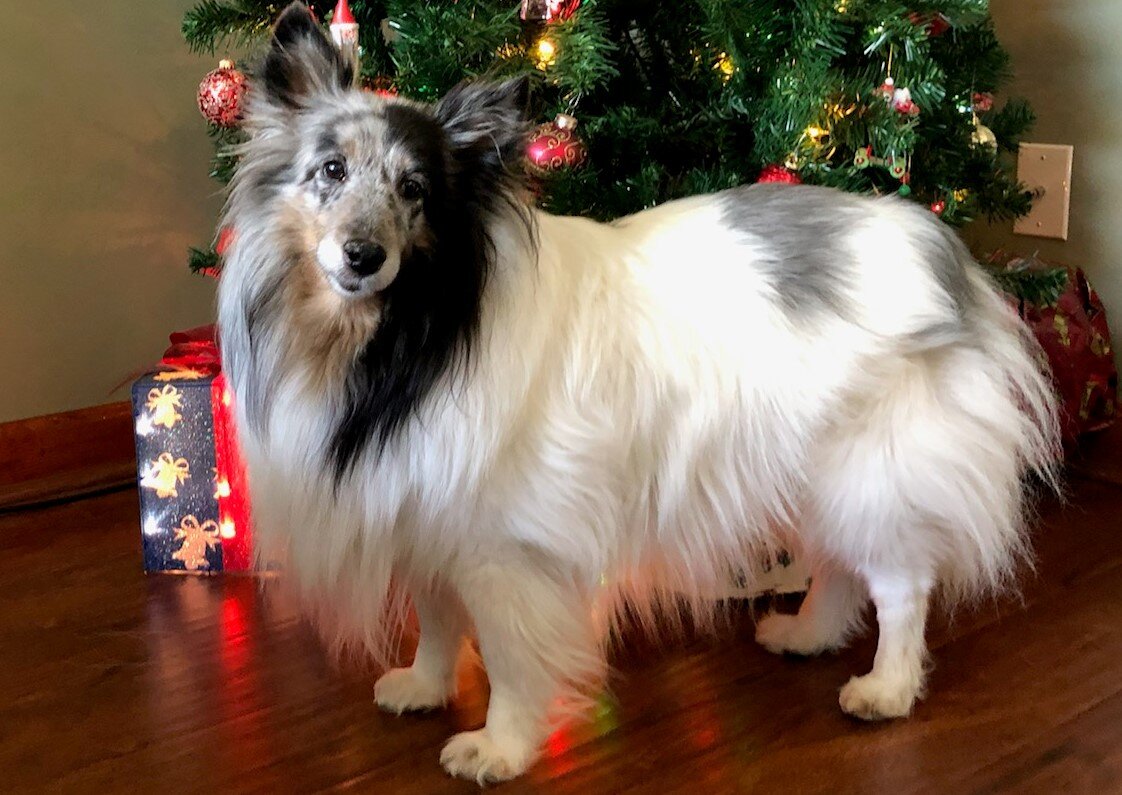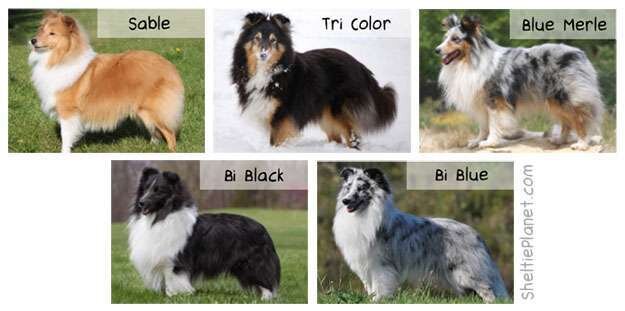Sheltie Information
About the Breed
Shelties are a working dog in the herding category. They were originally used for herding sheep, poultry, and even ponies!
Shelties are unique as they’re smaller than a lot of other herding breeds. But don’t worry – they certainly pack a lot of personality into their smaller bodies.
Shetland Sheepdogs are known for being energetic and loving towards their owners.
Like many other herding breeds, they’re very loyal. But they can be reserved with strangers and new animals. They’re also known for showing off their natural herding instincts in daily life!
Grooming and Coat Care
Shetland Sheepdogs, or Shelties, are beautiful full coated dogs and easy to groom if you keep up on it daily.
Grooming a Sheltie is relatively easy since there is very little clipping to do. The biggest drawback for the Sheltie owner is the amount of hair floating around the house. Daily grooming, with a full groom every three months or so, greatly reduces shedding.
An AHDRO rescue, Miss Trixie is a color headed white sheltie (CHW)
AHDRO rescue pups, Maxine (left) and Adora (right) are both double merles and suffer from vision and hearing loss.
Sheltie Coat Types
There are five main Sheltie coat types. A sixth less common is the double merle.
A double merle is a dog that was bred by two parents carrying the merle gene, the gene that gives them a beautiful marble-looking coat. When two merle dogs are bred together each puppy has a 25% chance of inheriting the gene twice, double merle. Double merles are predominately white in color but can have patches of color throughout their body, as the merle gene affects the pigment gene as it causes the marbling of the coat. The problem is that the pigment gene also helps with hearing and sight, so when the merle gene, which is a dominant gene, is doubled it removes more of the pigment gene.
Therefore, double merles can be born with varying degrees of blindness, deafness, both, or with no eyes at all. This breeding is discouraged and is very different than the Color Headed Whites which are white due to a white color gene not a doubling of the merle gene.
An AHDRO rescue, Miss Dollie came to our organization via three private, volunteer pilots
Common Genetic Health Issues in Shelties
Like most breeds, Shelties are at risk for a few health problems
Shelties are generally healthy, especially when they have been bred with care. However, there are some conditions that affect herding breeds more commonly, such as Sheltie skin problems, knee and hip abnormalities, and eye problems. A well-bred Sheltie is unlikely to suffer from any health problems in the following list, but you should be aware of them, in any event, to help with early diagnosis.
1. Patellar Luxation
2. Hip Dysplasia
3. Dermatomyositis
4. Von Willebrande’s Disease (vWD)
5. Collie Eye Anomaly
6. MDR1 sensitivity
Sheltie Specific Information
Shelties are wonderful dogs and you'll love having one at home with you. Click on any of these links below to get more information!
Are you interested in learning more about the Shelties we rescue? Take a look at the links below to learn more.
American Shetland Sheepdog Association (ASSA) website:
https://americanshetlandsheepdogassociation.org/
Shetland Sheepdog Breed Standard:
https://americanshetlandsheepdogassociation.org/akc-standard/
Shetland Sheepdog History:
https://americanshetlandsheepdogassociation.org/history/
Shetland Sheepdog Colors:
https://americanshetlandsheepdogassociation.org/sheltie-colors/






